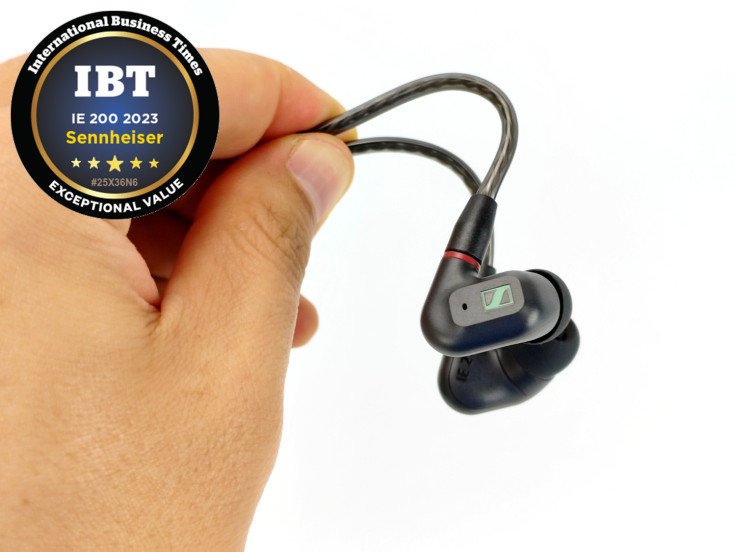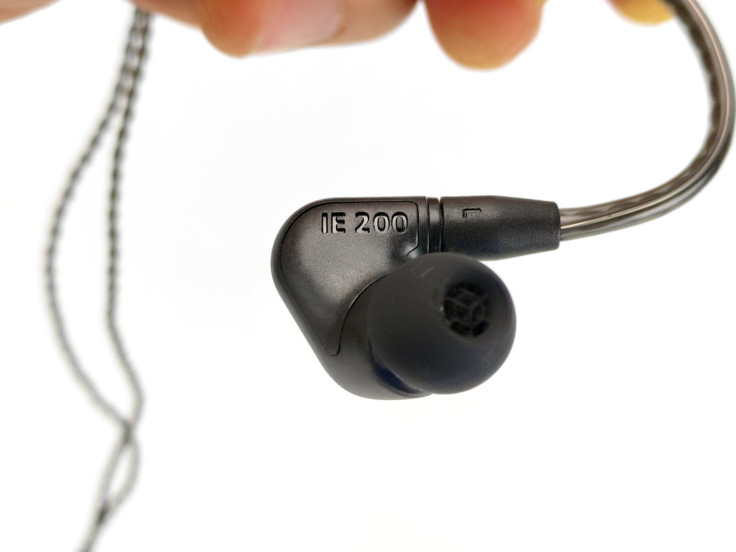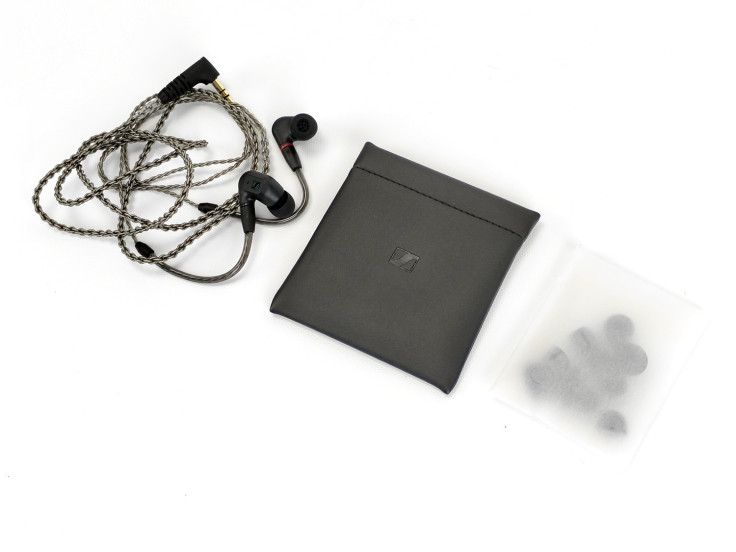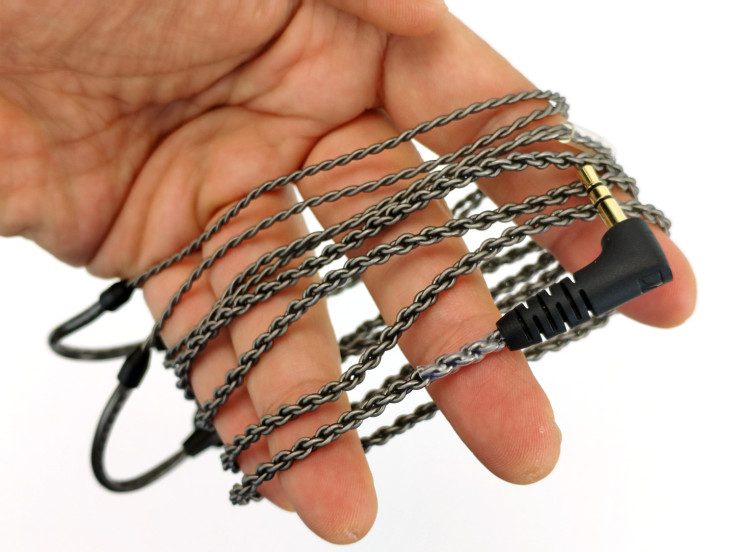Sennheiser IE 200 Hands-on Review: Flagship Sound at an Entry Price?

Listening to music with earphones from a legacy company like Sennheiser is comparable to going to McDonald's - you can expect the same taste of their secret sauce whether you're in America, South Korea, or Fiji. Sennheiser earphones have a unique flavor that audiophiles can comfortably anticipate when wearing them, while also enjoying the novelty of each new product that emerges from the German professional audio tech company.
The Sennheiser IE 200, the latest addition to its range of audiophile wired earphones, features the same 7mm extra-wideband True Response transducer found in the pricier IE 600 and IE 900 models. It's impressive to see this level of technology in an entry-level product, but how does the IE 200 compare to its more expensive predecessors? Let's take a closer look and find out.

Less Radical External Design
While the IE 900 grabbed attention with its aluminum machined unibody housing and the IE 600 amazed with its 3D printed zirconium alloy case, the IE 200 takes a more understated approach. Although it shares the same profile as its more expensive siblings, the IE 200 features a conventional two-piece plastic housing. This design choice is likely to reduce the complexity and cost of assembly compared to its higher-end counterparts.
Despite its simpler housing, the latest Sennheiser in-ear earphones offer an impressive profile and an excellent fit. The small earbuds create a comfortable and secure seal even for larger-than-usual ears. With some minor adjustments when putting them on, the sound channels are pointed at the right angle, ensuring consistent sound characteristics every time.
The IE 200s are so lightweight that they're just as suitable as the IE 300s for all kinds of exercise. The ear hooks ensure that the earbuds stay firmly in place, and in fact, I would argue that - given the cables are managed properly - they're more secure for a run than true wireless earbuds that have a higher chance of falling off and getting lost.

IE 200's Own Sound Signature
As mentioned earlier, the IE 200 earphones offer Sennheiser's signature sound characteristics, which is to be expected. The question is, how does it compare to its more expensive counterparts? To answer this, I conducted extensive testing using the IE 200 and IE 900 with the FiiO M15S DAP.
Firstly, the soundstaging and instrument separation of the IE 200 is superb - on par with the IE 900, even with the included standard single-ended cable, instead of the balanced cable used with the IE 900. Despite needing a slight volume boost to achieve the same loudness, the amount of detail produced by the IE 200 is not inferior to Sennheiser's top-of-the-line IEMs.
In fact, when it comes to frequency response the IE 200 is less fatiguing to listen to compared to the IE 900. Putting the M15S on Ultra High gain mode, the IE 200 produces just enough crunch and texture without getting uncomfortable for the ears. The main strength of the IE 900 is really the airy range of the frequency - which would be important when it comes to delicate music like clean vocal recordings and string instruments, where the extended capture of high frequencies will give the music that much more detail. But if you're listening to pop, hip-pop, rock, where the groove and grit is more important, I would argue that the IE 200 is more fun to listen to. The boost in the mid-high range brings a boosted attack to the music that doesn't get muddy.
That's right, you're not misreading what I'm writing. I'm just as surprised as you that at only 1/10th of the price, the IE 200 holds its own even against the IE 900. Just like the HD 660S that competes with much more expensive headphones, the IE 200 has a unique character and liveliness. It's not a matter of which pair is better, but rather what type of music you're using them for.

Simpler but Adequate Accessories
While you get a rich package with the IE 600 and IE 900, including both balanced and unbalanced cables, and a soft-shell zipper carrying case, the IE 200 has a much simpler package. However, that is not to say it's inadequate. In fact, Sennheiser introduced a braided cable to the new IEM, which improved one of the most frequent complaints about the IE series - microphonics. The new cables are more flexible, lighter, and better suited for listening while on the move.

If you're a purist and prefer using balanced cables, the IE 200's MMCX connectors allow you to purchase compatible cables separately. However, it's important to note that Sennheiser used a recessed connector, which provides better support but also makes them proprietary. Third-party cables are unlikely to work with the IE 200.
The IE 200 comes with six sets of ear tips, providing both silicone and memory foam options. The silicone tips and even the wax-blocking foam inside can be washed with water, ensuring better longevity. In addition, the IE 200 comes with a simple pouch with a self-closing opening for easy storage and protection of the earbuds when not in use.

Final Verdict

Having spent a considerable amount of time with the Sennheiser IE 200, I am at a loss for words. The good people at Sennheiser have put out a product that holds its own against their best product, but at a relatively low affordable price. All I can say is that the IE 200 is a win for all audiophiles who want amazing sound at an affordable price.
If you're after amazing soundstaging, instrument separation, and an energetic sound, I would highly recommend giving the Sennheiser IE 200 a shot. We're awarding the IE 200 the IBTimes Exceptional Value badge.
© Copyright IBTimes 2024. All rights reserved.




















